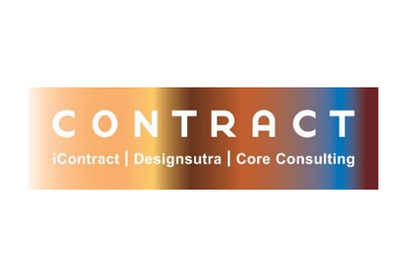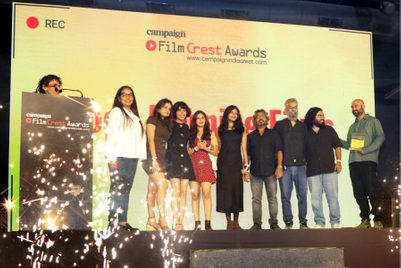Log on to a popular website and there are chances of being greeted with a site capture before you reach the home page. Once there, advertisements in the form of pop ups, banner ads, videos and so on placed in the midst of the content vie for your attention. One can navigate the maze as many do. Or, simply steer clear of all ads. The latter is a choice which more and more web surfers are opting for globally, if news reports are to be believed.
Analytics and advertising firm PageFair, which provides expertise to websites in dealing with ad blocking technology, released a report in 2013 based on data collected from 220 websites that use the company’s services. The report stated that up to 30 per cent of web visitors were blocking ads, and that number was growing at 43 per cent. Likewise, ad blocking protective solutions provider ClarityRay stated that ad blocking softwares have 80 million active monthly users.
Ad blocking softwares were launched in 1999 with the advent of digital advertising. Companies started developing these softwares at a time when pages would take very long to load and internet services were charged per minute. AtGuard, Pop-Up Stopper, Popup Killer, PopUp Eraser, AdsOff, and AdSubtract were among options to choose from.
The offerings in the market now include Adblock Plus, AdFender, AdBlock, and Flashblock.
Currently, according to PageFair, Adblock Plus is the most popular ad blocking software and plugs into Chrome, Firefox, Opera or Android browsers. In January 2014, Till Faida, president, Adblock Plus, claimed that the business had 60 million users and had been downloaded more than 200 million times worldwide.
The growing number of ad blocking software users worldwide has raised an alarm amongst publishers of all hues, in some parts of the world.
It is reported that Google has paid to ‘white list’ its text ads (search ads and sponsored search results) into the ‘Acceptable Ads’ programme of Adblock Plus. Users of Adblock Plus have to specifically opt out of these ads. ‘White listing’ is free for small websites and blogs as long as the ads are static, text-based, non-intrusive and meet other stated requirements. However, for the mobile space, Google had removed Adblock Plus from its Google Play store. The app is not available in Apple’s App store either.
Closer home, digital experts voice a different viewpoint. Vishal Chinchankar, digital leader, MEC India, sees very few takers for these in India. According to him, in US and Europe, 5 per cent of web users would be using ad blocking softwares, while in India and Apac, the number would be less than one percent. He believes that these softwares are popular with people who are tech savvy and working in the IT sector such as coders and developers. However, their numbers are very small and hence, insignificant, he reasons. Therefore, ad blockers will not have much of an impact on digital advertising, says Chinchankar.
He explains, “Firstly, the numbers in India are insignificant. Secondly, when I serve an ad, my server will know that a particular system has an ad blocker and so it will not serve it. Thus, it doesn’t have any impact on my brands. For that matter even if there is a push back from the server, then automatically we will know and it doesn’t even get counted in my cookies. This software does not function on tablets and mobiles. And huge number of inventories comes out from tablets and mobiles these days. So it’s not even a concern to think about for us.”
On the road ahead, Prashanth Challapalli, SVP and digital head, iContract, points out that the advertising industry has always been evolving and will react suitably to ad blocking. He believes that the solution to the issue is to create more content instead of ads. Supporting his argument, he points to large marketing companies that are investing more in creating more content in the online space, than in straightforward advertising.
He surmises, “Self preservation is a natural instinct and when the industry senses that overkill is happening; you automatically start regulating what you are putting out there. For example, there used to be site capture ads. People would log on to a site and the entire site is taken over by a brand. Those are happening less and less because they have realised that fewer people are responding. I am hoping that regular banner advertising becomes far more interesting. We are a very self-regulated industry; otherwise we wouldn’t have survived so many years. Adapting or evolving is in our own self interest. It has happened all the time.”
(Published in the issue of Campaign India dated 11 July 2014.)
.jpg&h=570&w=855&q=100&v=20250320&c=1)
.jpg&h=570&w=855&q=100&v=20250320&c=1)


.jpg&h=334&w=500&q=100&v=20250320&c=1)





.jpg&h=334&w=500&q=100&v=20250320&c=1)
.jpg&h=334&w=500&q=100&v=20250320&c=1)










